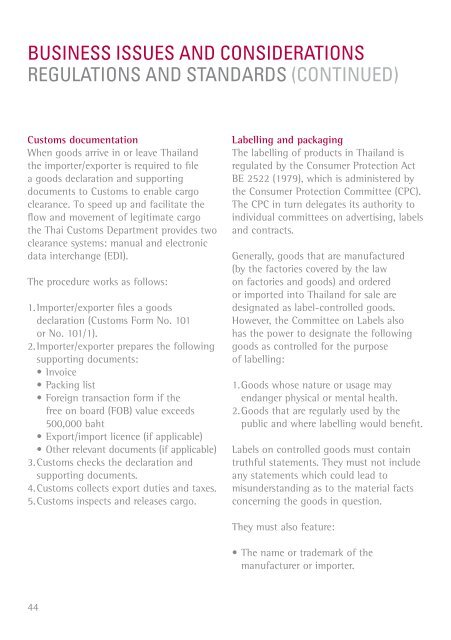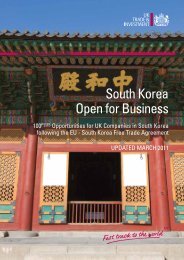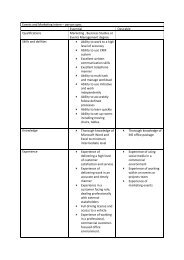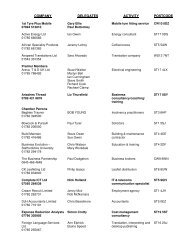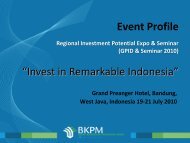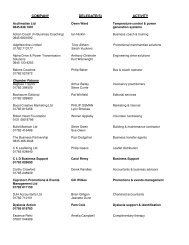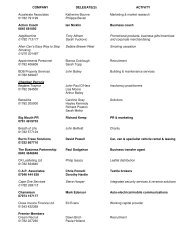Thailand Business Guide - UK Trade & Investment
Thailand Business Guide - UK Trade & Investment
Thailand Business Guide - UK Trade & Investment
Create successful ePaper yourself
Turn your PDF publications into a flip-book with our unique Google optimized e-Paper software.
BUSINESS ISSUES AND CONSIDERATIONS<br />
REGULATIONS AND STANDARDS (CONTINUED)<br />
Customs documentation<br />
When goods arrive in or leave <strong>Thailand</strong><br />
the importer/exporter is required to file<br />
a goods declaration and supporting<br />
documents to Customs to enable cargo<br />
clearance. To speed up and facilitate the<br />
flow and movement of legitimate cargo<br />
the Thai Customs Department provides two<br />
clearance systems: manual and electronic<br />
data interchange (EDI).<br />
The procedure works as follows:<br />
1. Importer/exporter files a goods<br />
declaration (Customs Form No. 101<br />
or No. 101/1).<br />
2. Importer/exporter prepares the following<br />
supporting documents:<br />
• Invoice<br />
• Packing list<br />
• Foreign transaction form if the<br />
free on board (FOB) value exceeds<br />
500,000 baht<br />
• Export/import licence (if applicable)<br />
• Other relevant documents (if applicable)<br />
3. Customs checks the declaration and<br />
supporting documents.<br />
4. Customs collects export duties and taxes.<br />
5. Customs inspects and releases cargo.<br />
44<br />
Labelling and packaging<br />
The labelling of products in <strong>Thailand</strong> is<br />
regulated by the Consumer Protection Act<br />
BE 2522 (1979), which is administered by<br />
the Consumer Protection Committee (CPC).<br />
The CPC in turn delegates its authority to<br />
individual committees on advertising, labels<br />
and contracts.<br />
Generally, goods that are manufactured<br />
(by the factories covered by the law<br />
on factories and goods) and ordered<br />
or imported into <strong>Thailand</strong> for sale are<br />
designated as label-controlled goods.<br />
However, the Committee on Labels also<br />
has the power to designate the following<br />
goods as controlled for the purpose<br />
of labelling:<br />
1. Goods whose nature or usage may<br />
endanger physical or mental health.<br />
2. Goods that are regularly used by the<br />
public and where labelling would benefit.<br />
Labels on controlled goods must contain<br />
truthful statements. They must not include<br />
any statements which could lead to<br />
misunderstanding as to the material facts<br />
concerning the goods in question.<br />
They must also feature:<br />
• The name or trademark of the<br />
manufacturer or importer.


